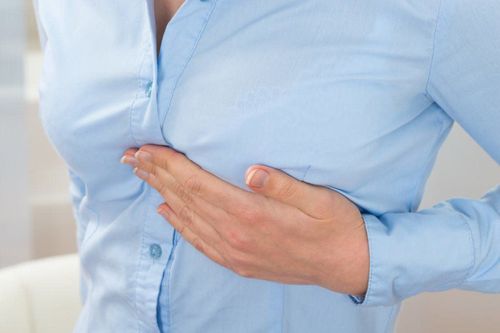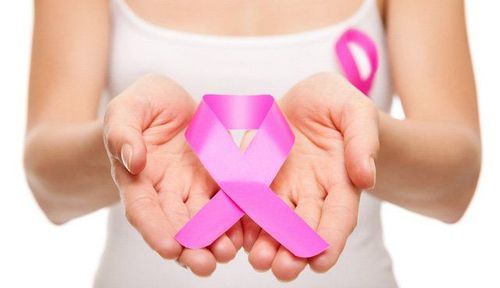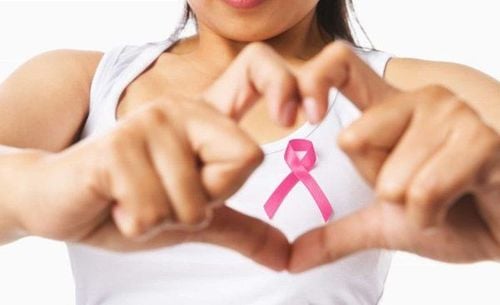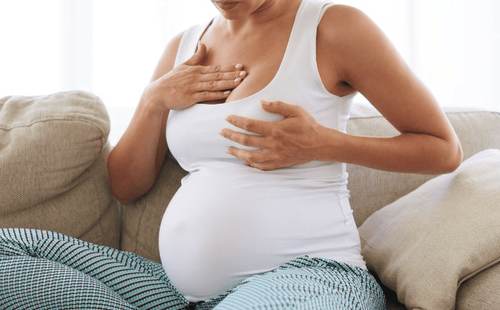This is an automatically translated article.
The article was professionally consulted by Master, Resident, Specialist I Trinh Le Hong Minh - Department of Diagnostic Imaging - Vinmec Central Park International General HospitalA 3D mammogram, also known as a tomography x-ray, is different from a mammogram, which only gives 2D images. 3D mammograms help doctors thoroughly screen for breast cancer, even in those with no noticeable signs or symptoms. This technique is especially important for some women, such as those with dense breast tissue.
1. What is a 3D mammogram?
3D mammogram (English name is 3D mammogram) or mammogram is an imaging technique that combines multiple x-rays of the breast to create a three-dimensional image of the breast.3D mammograms are used to detect breast cancer in people who have no signs or symptoms. In addition, this technique can also be used to investigate the cause of breast problems, such as breast lumps, pain, and nipple discharge.
3D mammograms are increasingly being used, but not all medical facilities can perform them.
2. When is a 3D mammogram needed?
3D mammograms are used as a breast cancer screening technique to detect breast cancer in people who have no signs or symptoms of the disease. It can also be used to find out the cause of breast problems, such as a suspicious lump or thickening.When used for breast cancer screening, a 3D mammogram produces a 3D image and a standard 2D mammogram because both of these types of images have some advantages in finding found certain abnormalities in the breast. Combining 3D mammograms with standard mammograms can:
Reduce the need for follow-up scans. When your doctor finds abnormalities on a standard mammogram, he or she may recommend additional scans. Having to return for additional photos can be stressful for the patient. It can add time and lead to additional costs. Combining 3D mammograms with standard mammograms reduces the need for imaging for follow-up. Detects slightly more cancer than a standard mammogram. Studies show that combining 3D mammograms with standard mammograms can detect about 1 extra breast cancer in every 1,000 women screened when compared with standard mammograms. . Improve breast cancer detection in cases where the patient has dense breast growth. 3D mammograms offer an advantage in detecting breast cancer in people with dense breast tissue because the 3D images allow doctors to see more deeply in areas of high density. Breast tissue includes milk glands, milk ducts and supporting tissue (dense breast tissue) and fatty tissue. Dense breasts have denser breast tissue than adipose tissue. Both dense breast tissue and cancer appear white on standard mammograms, which can make breast cancer more difficult to detect in people with dense breasts. There is not enough evidence to conclude that 3D mammograms may better reduce the risk of dying from breast cancer than standard mammograms. For this reason, most breast cancer screening guidelines do not mandate that women choose a 3D mammogram over a standard mammogram.

3. Risks of 3D mammograms
3D mammography is a safe imaging technique for patients. Like other techniques, 3D mammograms have certain risks and limitations, such as:Low-level radiation exposure. 3D mammograms use X-rays to create an image of the breast, so you'll be exposed to low levels of radiation. Because 3D mammograms are often combined with standard mammograms, radiation levels may be greater than with standard mammograms alone. Some newer 3D mammograms can create both 3D and 2D images at the same time, helping to reduce radiation. This imaging technique can find signs of cancer but isn't actually cancer. A 3D mammogram can identify abnormalities but cannot confirm cancer. Therefore, additional tests or diagnostic techniques are needed to confirm that the abnormality is benign or cancerous. This is called a false positive, and it can cause unnecessary concern if you have additional testing and imaging techniques, such as a biopsy, to further evaluate the area. suspect. 3D mammograms cannot detect all cancers. A 3D mammogram can miss an area of cancer, such as a very small cancer or if it is in an area that is hard to see.
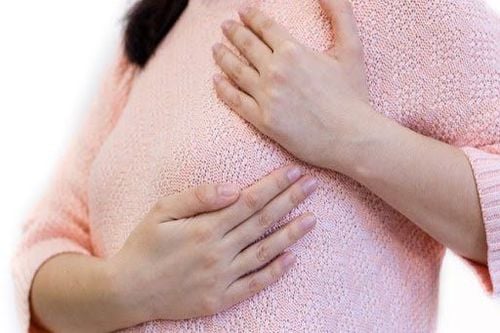
4. 3D mammogram process
Preparation To prepare for a 3D mammogram, you need to:Choose a 3D mammogram provider. Although 3D mammograms are increasingly popular, not all Medical facilities are available. If you are interested in this technique, consult your doctor. Schedule a checkup at a time when your breasts are sore. If you haven't gone through menopause, it's usually the week after your period. Your breasts are more likely to be sore the week before and during your period. Bring pictures of your previous mammogram. If you are going to a new facility for 3D mammograms, collect any previous mammograms and bring the results in so the radiologist can compare them with your new images. . Do not use deodorant before your mammogram. Avoid using deodorants, antiperspirants, powders, lotions, creams or perfumes under your arms or on your chest. Metallic particles in powders and deodorants can interfere with images. During the procedure At the medical facility, you are given a gown and asked to remove any necklaces and gowns. To make it easier, wear a two-piece outfit that day.
During the scan, you stand in front of an X-ray machine equipped to perform a 3D mammogram. The technician places one side of your chest on a shelf, then raises or lowers it to match your height. The technician helps you position your head, arms, and torso to get the best picture of your breasts.
Your breasts are gradually pressed against the shelf with a clear plastic sheet. Pressure is used for a few seconds to spread the breast tissue. This pressure is not harmful, but you may find it uncomfortable or even painful. If you are too uncomfortable, tell the technician.
Next, the 3D mammogram will move above you from side to side to collect images. You may be asked to stand still and hold your breath for a few seconds to minimize movement.
Then relieve pressure on your breast and the machine is repositioned to take pictures of the other breast. The procedure for the other breast is similar to the procedure outlined above.
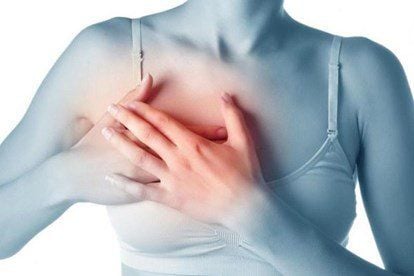
A doctor who specializes in interpreting diagnostic imaging techniques (radiologist) will examine the results of a 3D mammogram for abnormalities suspected of breast cancer. If your doctor sees anything unusual, they will use your mammogram and any previous X-rays to determine if additional testing or diagnostic techniques are needed. or not.
Additional diagnostic tests or techniques for breast cancer may include ultrasound, MRI or biopsy.
At Vinmec International General Hospital, there is a Breast Cancer Screening Package to help detect breast cancer early even when there are no symptoms.
Breast cancer screening package at Vinmec for the following subjects:
Female customers, over 40 years old. Customers wishing to be able to screen for breast cancer Customers are at high risk of cancer – especially customers with a family history of breast cancer. Women of reproductive age, perimenopause and menopause. Women who are showing symptoms of breast cancer, such as: pain in the breast, lump in the breast,... If you have a need for consultation and examination at Vinmec Hospitals under the national health system, you Please make an appointment on the website to be served.
Please dial HOTLINE for more information or register for an appointment HERE. Download MyVinmec app to make appointments faster and to manage your bookings easily.
Reference source: mayoclinic.org




